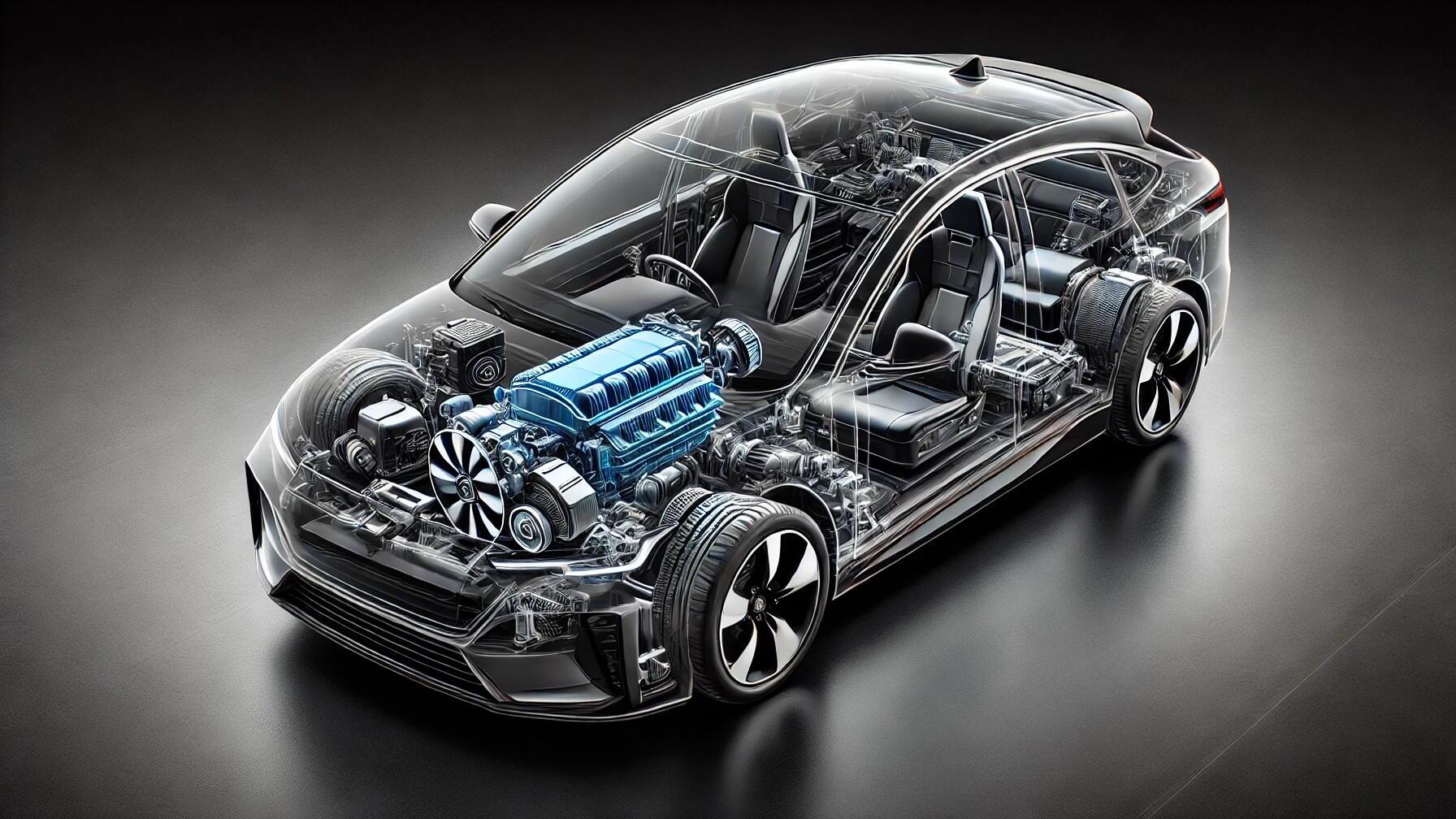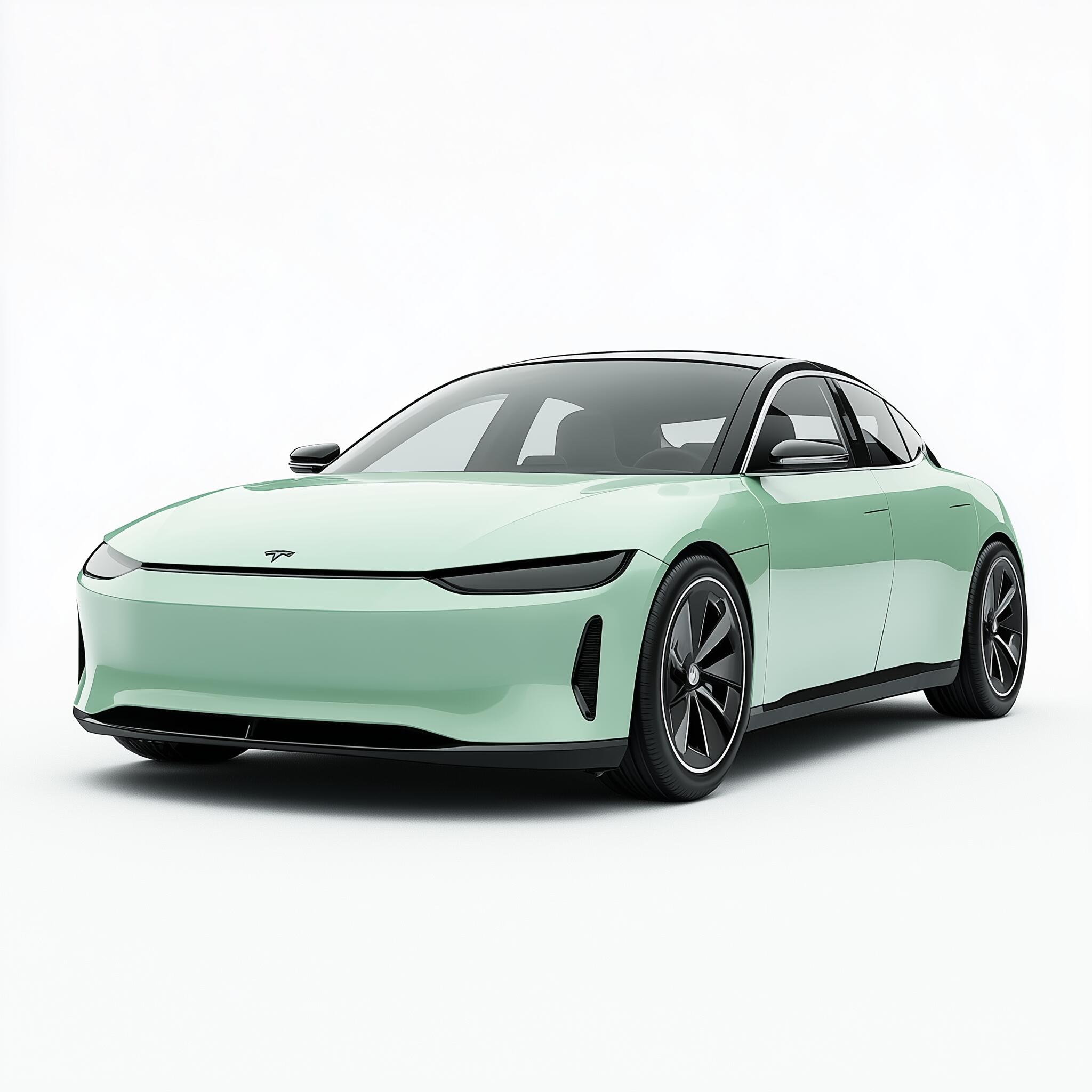Hybrid Cars
Jul 10In the pursuit of eco-friendly and fuel efficient transportation options has led to the rise in popularity of hybrid vehicles, which serve as a middle ground between traditional gasoline cars and fully electric vehicles (EVs). By integrating elements from both types of engines, hybrid cars deliver fuel efficiency and lower emissions while maintaining performance standards and driving distances on par with their gas powered counterparts. This article delves into the mechanics behind hybrid engines, before exploring some of the advantages they offer compared to regular internal combustion engine (ICE) vehicles.
Hybrid Engines Types
Hybrid cars operate by combining a gasoline engine with one or multiple electric motors to propel the vehicle efficiently and reduce emissions effectively. Three primary hybrid system variations exist; parallel hybrids, series hybrids and plug in hybrids.
Parallel Hybrid
In a parallel hybrid system, the gasoline engine and electric motor are linked to the transmission enabling them to drive the wheels independently or in tandem. This system allows the car to alternate between utilizing the gasoline engine and the electric motor together to enhance performance as needed. This allows the gasoline engine to be used for high speed driving, while the electric motor being more suitable for urban driving or slower speeds.
Examples; Toyota Prius and Honda Accord Hybrid
Series Hybrid
In a series hybrid system, the gasoline engine is specifically utilized to produce electricity for the motor, which serves as the power source for driving the wheels. The gasoline engine works to charge the battery that powers the motor propelling the vehicle smoothly and efficiently; the gasoline engine only kicks in when its time to recharge the battery.
Examples; Chevrolet Volt (excluding electric only mode).
Plug-in Hybrid (PHEV)
The plug-in hybrid is a kind of system that enables the vehicle to be charged externally using a plug, like electric cars, so they can run on electric power for longer periods before switching to the gasoline engine. These systems utilize larger batteries compared to standard hybrids. While in use, the car has the ability to run on power for a specific distance range, typically between 20 to 50 miles, before transitioning to a hybrid mode where the gasoline engine either kicks in or supports the electric motor.
Examples; Toyota Prius Prime and the Ford Escape PHEV.
Essential Elements of a Hybrid System
In order to grasp the functioning of hybrid engines effectively, you should have a good understanding of the essential elements that are part of the system.
-
Gasoline Engine: The engine is used for delivering power during times of speeds or when greater acceleration is required and it also has the capability to recharge the battery in hybrid vehicle models.
-
Electric Motors: The motor drives the vehicle at lower speeds and gives an extra push to the gas engine when accelerating, also working as a generator during regenerative braking.
-
Battery Pack: The battery pack stores energy for the electric motor. In parallel hybrids, the battery is either powered through regenerative braking or the gasoline engine. Whereas plug-in hybrid batteries are recharged from an external power source per EVs.
-
Regenerative Braking System: This system works by turning the energy generated during braking into electricity and then storing in the battery for use in powering the electric motor.
Advantages of Hybrid Vehicles
Lets now delve into the benefits of owning a hybrid vehicle as opposed to a gasoline powered car.
Enhanced Gas Mileage
Hybrid cars offer improved fuel efficiency thanks to their design that utilizes electric power for low speeds and gasoline power for higher speeds – ultimately cutting down on fuel consumption significantly.
In areas with stop and go traffic congestion experiences, hybrid vehicles can heavily utilize the electric motor and minimize gasoline consumption significantly leading to a notable increase in miles per gallon (MPG), surpassing traditional cars by a substantial margin.
The Toyota Prius typically achieves an average of 55 to 60 MPG, whereas a gas powered car of equivalent size may only deliver 25 to 30 MPG on average.
Lower Emissions
Hybrid vehicles emit less pollution than gasoline cars given they utilize electric power for a portion of their function.
Using less gasoline in cars helps decrease the emission of carbon dioxide and other pollutants into the air which positively impacts reducing smog and enhancing air quality, especially in urban areas.
Hybrid vehicles may not be completely emission free like EVs, however, they serve as a viable option compared to conventional vehicles by aiding in the reduction of carbon footprints overall.
Fossil Fuel Reductions
Hybrid vehicles consume less gasoline in total compared to regular cars, thus reducing their dependence on fossil fuels.
As the world seeks solutions to lessen reliance on renewable resources such as oil, hybrid vehicles are key players in this shift by saving fuel reserves and encouraging eco-friendly driving habits.
Energy Efficient Regenerative Braking
Hybrid vehicles are fitted with braking systems that enable them to re-use energy that would typically dissipate when braking.
When you hit the brakes in a car, the motor switches to reverse to help slow the vehicle and at the time gathers energy to store it in the battery. This process not only recharges the battery, but also boosts the efficiency of the car. A feat that regaular gasoline cars cannot achieve.
Improved Driving Experience
Hybrid cars often run almost silently compared to gasoline vehicles at slower speeds, due to the electric motor they use.
Hybrid vehicles offer a quieter ride and a seamless driving experience compared to regular cars when navigating through stop and go traffic thanks to their electric motors smooth operation that produces less noise.
Financial Considerations
Many governments provide incentives to motivate individuals to buy electric cars for the many benefits they provide
These benefits may include; tax deductions and subsidies, reduced registration costs, and exceptions from specific municipal taxes. When available, these government programs can help offset costs for some hybrid vehicles by allowing consumers to benefit from tax breaks to decrease their overall expenses and make the vehicles more budget friendly.
Flexibility
Plug-in hybrid systems provide flexibility to drivers, allowing the advantages of both gas powered and electric powered motors as situations arise.
Plug-in hybrids offer the convenience of running on power during commutes without consuming any gasoline fuel, and then seamlessly transition to using the gasoline engine for longer trips to alleviate concerns with running out of battery charge, per EVs.
Disadvantages of Hybrid Vehicles
Although hybrid vehicles offer many benefits, there are some negative aspects that should be considered before purchasing.
-
Starting with a price tag, hybrid vehicles tend to cost more than gasoline cars because of their intricate power systems and the expenses associated with batteries.
-
Like EVs, hybrid batteries generally have a lifespan typically lasting around 8 to 10 years, however, replacing them can be quite costly in most cases.
-
In some driving situations, hybrids might not provide the power and performance you can expect from many regular cars, especially performance cars, although recent hybrids have made notable advancements in this aspect.
Summary
Hybrid vehicles provide a rounded compromise between conventional gas powered cars and fully electric models by merging the eco friendliness and reduced emissions of electric engines with the practicality and distance coverage of gasoline counterparts. As advancements progress further, hybrid cars are becoming more cost effective, presenting a viable option for individuals seeking to lessen their ecological footprint while still enjoying top notch performance and ease of use.
For individuals interested in transitioning to an eco-friendly mode of transportation without being fully invested EVs, hybrid cars serve as a great compromise solution between the two options available in the market today. They offer a balance of cost fuel consumption and decreased emissions while providing the convenience of operating in electric mode when needed, embodying progress towards a more environmentally conscious and effective journey ahead.

